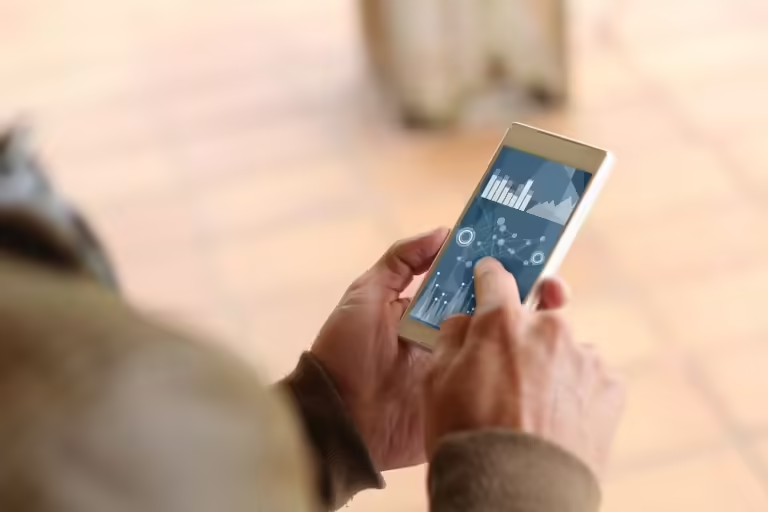Telematics and Insurance: Looking Back, Looking Forward

Insurers launched early experiments with connected devices in the late 2000s and early 2010s. Since then, many connected devices within the Internet of Things (IoT) show promise for improving data quality and access, providing early warnings, and fine-tuning the work of underwriters.
Growth of the Internet of Things
Efforts to introduce telematics to property and casualty insurance began in the late 2000s, when Progressive introduced telematics options to help tailor customers’ premiums to their driving behavior.
Insurers continue to show interest in telematics. Since its launch in 2017, the LexisNexis Telematics Exchange has grabbed 42 percent of the U.S. auto insurance market — including five of the top ten carriers based on market share.
The goal of the Telematics Exchange is “to provide solutions that allow vehicle owners to gain greater access to more personalized auto insurance products,” says Adam Hudson, vice president and general manager of U.S. Connected Car, LexisNexis Risk Solutions. The Exchange aggregates telematics data too, allowing insurers to better understand driver behavior.
Telematics also seem to attract drivers. Allstate saw driver use of its telematics options double between 2020 and 2022, says David MacInnis, vice president of actuarial and analytics modernization at Allstate. The combination of driver interest and carrier benefit make telematics a natural meeting place for insurers and their customers.
Insurers are finding other ways to put telematics to use as well. Chubb, for example, encourages its commercial, institutional and residential customers to use telematics as an early warning system for leaks that could cause water damage. A Chubb-recommended telematics-based water warning system at Providence College caught an early leak in a dorm washing machine — one that, left unattended, could have cost the college and Chubb hundreds of thousands of dollars to address, says Andy Sullivan, assistant vice president of physical plant at Providence College.

The Next Ten Years: IoT Opportunities for Insurers
Calculating the exact number of IoT devices in use today is difficult, writes James Pearce at TechInformed. Yet most sources agree on two facts: The total number is in the billions, and that number will increase in the coming years.
Several factors have driven the proliferation of connected devices over the previous decade. In 2017, McKinsey’s Mark Patel, Jason Shangkuan and Christopher Thomas identified two factors — access to connectivity and dropping device costs — that together drove adoption of connected devices.
These factors continue to facilitate customers’ use of connected devices. Customer adoption has also been accelerated by the COVID-19 pandemic. When lockdowns prevented people from doing a number of tasks in person, connected devices took on the work of checking infrastructure for leaks and other damage. Telematics became more popular as people saw radical changes in their driving habits — and an incongruity in paying for auto insurance coverage when there was rarely anywhere to drive.
Umme Sutarwala, global news correspondent at Ondot Media, identifies a number of IoT trends that are likely to persist in the coming years. Insurers can benefit from embracing several, including:
- Better security. Improved device security provides peace of mind for customers, agents and carriers. It also supports more reliable data for better underwriting decisions.
- Improved analytics. Advances in AI and machine learning will allow carriers to develop more nuanced insights from telematics data.
- Revised business models. Insurers have long relied on aggregated statistics and other data to make underwriting decisions. Access to granular, in the moment information will change how insurers think about underwriting and distribution.
- Improved customer service. Access to real time customer data via telematics will allow agents and carrier customer service teams to respond more effectively.
Early work with IoT connected devices and telematics-generated data shows promise for P&C insurers. Rapid advances in both sensor technology and data analysis offer myriad opportunities for insurers to put these technologies to use.
Images by: georgejmclittle/©123RF.com, kantver/©123RF.com
Further Reading
Featured
 18 June 2024
18 June 2024
 15 August 2024
15 August 2024
 1 July 2024
1 July 2024
